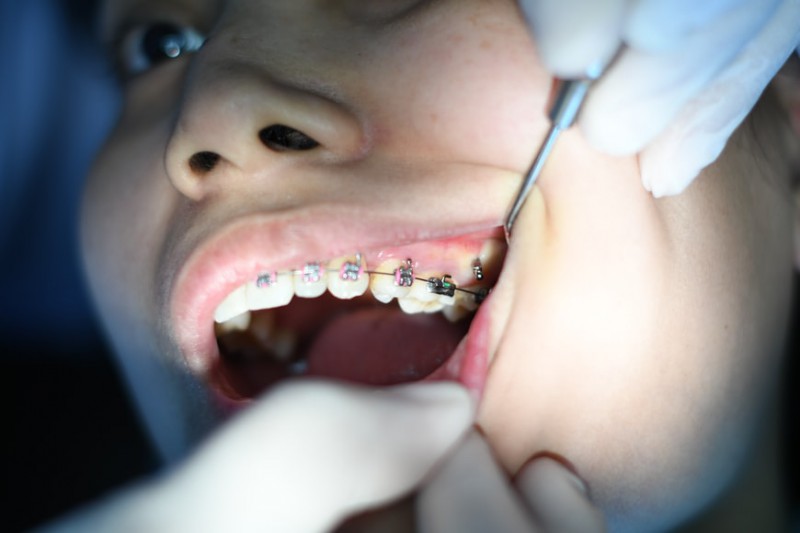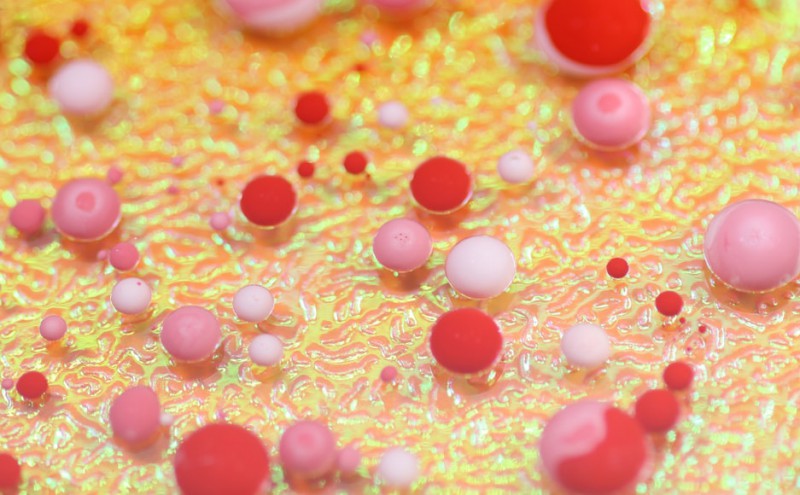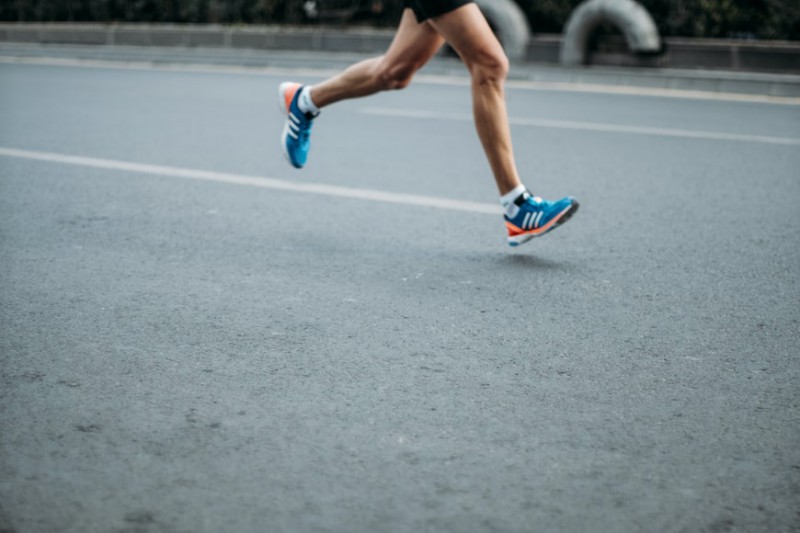Many of our contemporaries claim they were born too late to explore the world and too early to explore the universe. Yet, they don't realize this is the perfect time to investigate the magic of the human body and how it came to be what it is today. Here are the top ten list of ways evolution has changed humans throughout many years of its development.
10. Humans Have Less Hair
One of the most obvious ways evolution has impacted the human body is the apparent lack of hair. The apes and human ancestors were all covered with fur, and it's not entirely clear why we lost it. There are a few different theories, but the correct answer is probably a combination of them. Some assumptions revolve around the hunting premise. Since the first humans originated in Africa, losing fur made it easier to hunt in the heat.
Other hypotheses say it was more practical to gather food in a water environment since fur is a lousy insulator. However, the leading evolutionary scientists claim that losing fur had plenty to do with dropping the ability to carry parasites. Thus, the less hair human ancestors had, the more healthy they became.
9. Modern Humans are Taller and Fatter
Recent studies have revealed that humans were never taller and fatter than now. Could all of these changes be due to natural selection? Well, evolutionary biologists say not. For natural selection to take effect, a lot of time needs to pass, as these changes appeared only once in one hundred years. Then what could be the explanation?
The leading theories concluded that these were simply human developmental responses to shifted conditions. A lot has changed in the last 100 years in the way humans live day-to-day. The differences are especially prominent in health care and hygiene practices. Plus, food is also now readily available (to most humans). More nutrients have made it possible for individuals to get taller, which is an evolutionary advantage. Still, it has also made us fatter, which can be a significant health concern.
8. Longevity
Unlike other species, the human lifespan is weirdly long - twice as long as any other primate species. Even in the early stages of evolution, where humans were hunter-gatherers (both high-mortality activities), they still lived much longer than the rest of the primates. Some of the prominent theories say that it happens because we started eating more nutritious food.
More nutrients, in turn, promoted their immune system health, and people could ward off diseases much better. Aside from this early development in longevity, the human life span continued to rise during history. As we became more sophisticated and built houses, cooked food, and started developing medicine, the life span logically increased.
7. The Need for Braces
 The modern way of cooking food made jaws narrow and created a need for braces (Photo: Atikah Akhtar/Unsplash)
The modern way of cooking food made jaws narrow and created a need for braces (Photo: Atikah Akhtar/Unsplash)Even though evolution has left humans with utmost advantages compared to the rest of the living beings on Earth, it's not without its downsides. One of the recent studies that tried to explain why modern humans need to wear braces came to an exciting conclusion. The scientists examined skeletons of human ancestors and found they all had proper teeth alignment due to a generally wider jaw.
Modern humans have much narrower jaws which cause their teeth to overlap. However, humans who still live in tribes have perfect teeth. The answer lies in the way people have evolved around preparing food. Thousands of years ago, humans ate meat directly from the bones of their prey, as some societies do nowadays. This repetitive activity has made their jaw muscles stronger and jaws broader. Thus, the teeth could align perfectly.
6. Pruney Fingers Serve Their Purpose
For many years no one paid any mind to pruney fingers. They were simply a byproduct of spending too much time in the water and nothing else. Still, is there something more to it? Evolutionary biologists have conducted a study where subjects moved random wet objects, with one group having pruney fingers and the other not.
The study showed that people with wrinkled fingertips were more than 10% extra efficient than those without wrinkles. It turned out that wrinkled fingertips did have an evolutionary purpose after all. In addition to this, they may also have helped human ancestors pick foods such as berries. And both the wrinkles on fingertips and toes may have helped with moving on all fours.
5. The Ability to Drink Milk
One of the most recent evolutionary advances regarding the human species is their ability to process dairy. The rest of the mammals only have this during their formative months as offspring. The ability to digest milk comes from an enzyme called lactase, otherwise produced in young animals. However, things get more interesting as humans have migrated around the world.
People of Asian descent don't have lactase at all. They couldn't grow milk-producing animals during their long history and have thus lost the gene for lactase. In other parts of the world, where the climate was cold, humans drank milk as one of the primary protein sources. Thus, for example, Nordic people can digest lactose during their whole lifetime. However, in warmer climates, where milk would spoil, humans somewhat lost that. It's interesting to mention that people first made Greek yogurt because it wouldn't spoil in warm weather.
4. "Leftover" Body Parts (tendons, appendix, ear muscles)
 Certain body parts such as ear muscles have become obsolete (Photo: Hayes Potter/Unsplash)
Certain body parts such as ear muscles have become obsolete (Photo: Hayes Potter/Unsplash)
Evolution has improved humans in many ways, especially the way they see and walk. However, these developments meant that the need for specific body parts was no longer there. What happens then? Have these wholly disappeared from the human body? The answer is yes and no. Some of the most famous "leftover" body parts are the appendix, tonsils, and tailbone.
The appendix and tonsils have some metabolic functions, protecting the body from pathogens. Still, the reality is that they more often cause harm than they do good. Both of these organs tend to get inflamed and often need to be removed entirely. Other "leftover" body parts are present in some modern humans but not in others. An excellent example of this would be Palmaris Longus, a long muscle of the inner forearm (from wrist to elbow). This one shows (or not) when the thumb bends towards the pinky finger.
3. Cells Have Evolved as well
 Cells have undergone a crucial modification too (Photo: FLY:D/Unsplash)
Cells have undergone a crucial modification too (Photo: FLY:D/Unsplash)Human cells and cells, in general, weren't once what they are now. Eukaryotic cells previously consisted only of essential cell components, which allowed proper function but without the main component. This primary element, also dubbed "The Powerhouse of the Cell," refers to mitochondria. The mitochondria are tiny cell organelles that produce energy for the cell. The theory of symbiogenesis says that cells absorbed the mitochondria at some point in history long before complex organisms.
This symbiosis allowed mitochondria to survive the harsh environment and the cells to have more energy. The merging of the two made way for organisms to start evolving towards complex tissues. An analogous to mitochondria in humans is the chloroplast in plants, which has the same purpose but provides plants with energy through photosynthesis.
2. The Ability to Speak
Alongside bipedalism, the ability to speak is another human feature that significantly sets us aside from the rest of the primates and mammals in general. Yet, answering when did humans began to talk is a very challenging task. It's much different than figuring out the evolution of bipedalism which has clear skeletal improvements over the years of development. The latest study makes matters even more complex.
The claim is that early humans started producing sounds when they began using stone tools. This was established based on mapping brain regions. Both of these skills had similar brain activation patterns. Even though this study is genius, we might never know the correct answer. The only sure thing is the evolution of bones and tissues that allowed for more complex speech.
1. Bipedalism
 Humans have become far superior due to their ability to walk on two legs (Photo: sporlab/Unsplash)
Humans have become far superior due to their ability to walk on two legs (Photo: sporlab/Unsplash)One of the most prominent ways evolution has impacted the human body is by walking on two feet. When our ancestors switched from climbing to walking, they had a significant advantage over the rest of the animals. There is now substantial evidence of evolution towards bipedalism, such as longer thigh bones, thicker hip bones, and altered spine. Still, the question remains - why did early humans evolve towards bipedalism?
Some obvious explanations are that it was simply more accessible for them to move about the interchanging savannah/wetlands where they lived. Still, this isn't a sufficient answer. Evolutionary biologists and anthropologists have concluded that it had to do with energy. A study compared energy levels between chimpanzees' four limbs movement instead of bipedalism in humans. The result showed bipedalism as the clear winner because it's far more energy-efficient.
Without a doubt, the human body has endured some intense evolutionary changes. These included transforming the whole skeleton and muscles to accommodate the ability to walk on two feet, developing and even losing whole body parts. The magic of human evolution never ceases to amaze!
Did you know any of these top ten facts? What fascinates you the most about the human body?
Cover photo: Eugene Zhyvchik/Unsplash